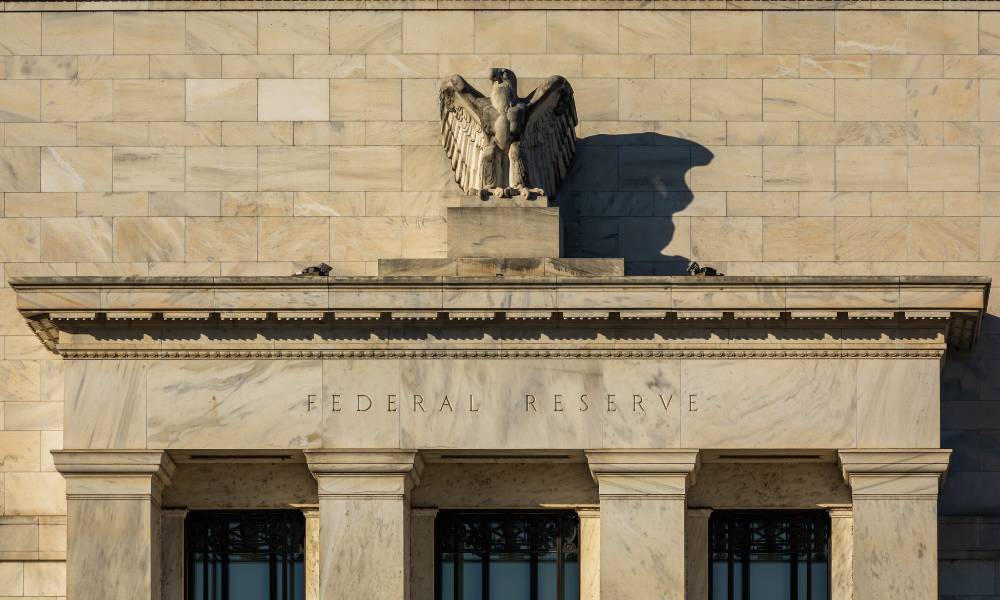CEO explains how immigration, red tape, and slow construction make for opportunities in Canada's rental market

Immigration is transforming Canadian real estate. While a host of other factors are impacting the market, this historic surge underpins the state of opportunity. As Canada’s population continues to grow, the demand for housing, particularly in urban centers like Toronto, Montreal, and Vancouver, has intensified.
This phenomenon has ushered in a wave of opportunities and challenges for investors in the rental housing market.
The central challenge in the current housing market is the imbalance between supply and demand, says Greg Romundt President and CEO, Centurion Asset Management. Canada is dealing with more people than it can accommodate. As more people arrive in Canada, there is a pressing need for housing units. This supply-demand imbalance creates opportunities for investors to develop and invest in rental housing projects that cater to the needs of newcomers.
“The politicians have suggested that these high levels of immigration are going to help with GDP growth, productivity, and labour availability,” he says. “But really, while that may be true many years down the line, what has resulted certainly in the short term, and maybe the next decade, is a dramatic shortage of everything from housing, to access to health care, to food.”
Romundt emphasizes the potential for capital formation and development in the rental housing sector, noting that Canada is facing an extended period of inflation. As a result, rental housing is poised to perform well with opportunities for both building new rental units and investing in existing housing stock.
“There will be opportunities to build it. There will be opportunities to own those new ones, but also own the existing stock,” he says. “Investors have to be positioned for an inflationary environment and real estate, particularly apartment real estate, is one of the best asset classes to own in that kind of inflationary environment, particularly where you've got these fundamental shortages, which are insoluble.”
Year-over-year, the country's population has grown by over 1.2 million people primarily driven by immigration following the relaxation of pandemic restrictions. Canada's population now exceeds 40 million, solidifying its status as the fastest growing among G7 countries for the past two decades.
Beyond housing, there are issues related to access to healthcare, food, and the broader impact on inflation. While inflation has multiple contributing factors, Romundt believes that a significant component is the consistent increase in the population, with two and a half to three percent more people arriving in the country each year. Paradoxically, the central bank is using interest rates to curb demand, despite the growing population's increasing needs. As a result, Canadians may find themselves struggling with higher costs for essentials, highlighting the need for a re-evaluation of the approach to address these multifaceted challenges.
“When the central bank talks about excess demand, it's not like the average Canadian is buying more, consuming more, or buying extra food or anything like that,” he says. “We just now have 2.5% to 3% more people every year.”
For Romundt, the housing supply is insufficient to accommodate this influx. Nationally, Canada constructs approximately 250,000 housing units, but only a small fraction of these are purpose-built rental properties. About one-third of Canadians are renters, while the remaining two-thirds are homeowners. However, when it comes to new immigrants, the majority initially seek rental housing.
Romundt likens Canada's housing market to a finely tuned car that requires multiple components to function. These components include affordable land, manageable construction costs, favourable interest rates, efficient approval processes, and the ability to navigate the infamous "NIMBYism" (Not In My Backyard) resistance from local communities. “If any one of those segments is missing, that car's not going to run,” he says.
One of the chief culprits in the housing affordability crisis is the burden of government fees and levies, including taxes, which account for a significant portion of a housing unit's cost. While it might seem logical to simply eliminate these taxes to alleviate the problem, Romundt highlights the fiscal challenges faced by governments at various levels. For instance, the City of Toronto, grappling with a severe housing shortage, increased development charges by a staggering 46% last year, exacerbating the affordability crisis. Removing such charges could further strain the city's finances, creating a Catch-22 situation.
Romundt also underscores the lengthy timeline for constructing new housing units in Canada. On average, it takes eight years to complete a new housing unit, a stark contrast to the 24 months required in the United States. This discrepancy arises from a host of factors, including intricate approval processes, the omnipresent NIMBYism, and even the challenges posed by Canada's weather conditions. These hurdles collectively hinder the timely delivery of much-needed housing.
One staggering statistic emphasizes the depth of the challenge. According to the Canada Mortgage and Housing Corporation (CMHC), Canada needs 6 million housing units by 2030 to make housing more affordable. However, experts expect that only 2.5 million units will actually be built, leaving a gap of 3.5 million units. To put this in perspective, if we assume that each housing unit costs an average of $600,000, it would require $2.1 trillion in total investment to bridge this housing gap.
Despite this, there are opportunities for investors due to the ongoing high demand for housing.
“This is so intractable from so many different angles, that I just don't see that it’s solvable,” he says. “So, I think from an investment thesis point of view, being in a position where we've got more demand that we can reasonably supply, even in the best, most optimistic situation it is a pretty compelling investment [thesis].”



